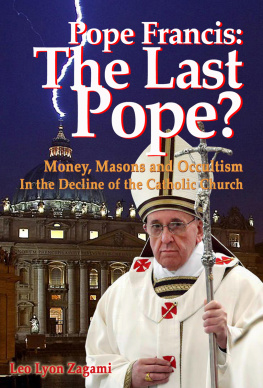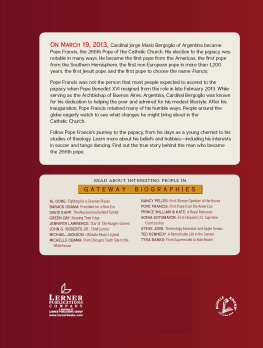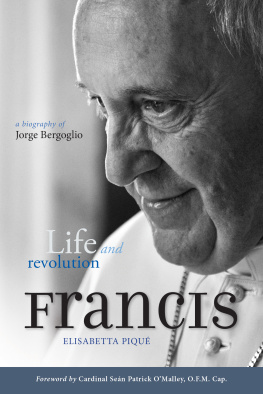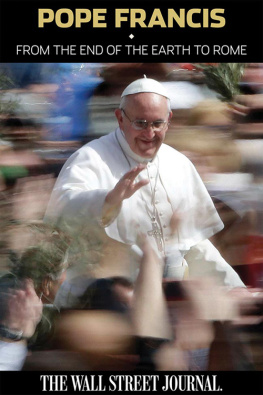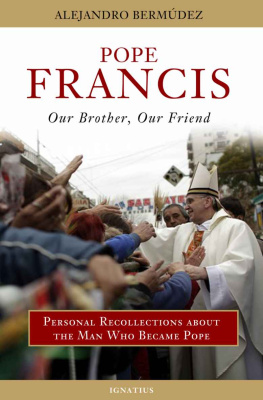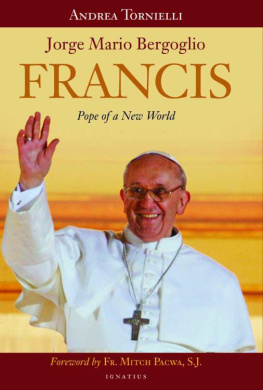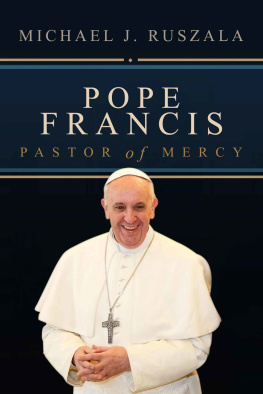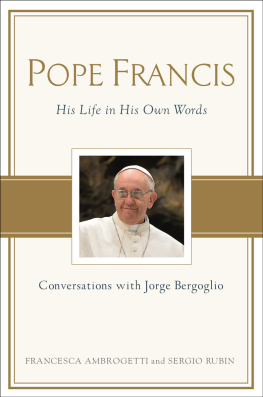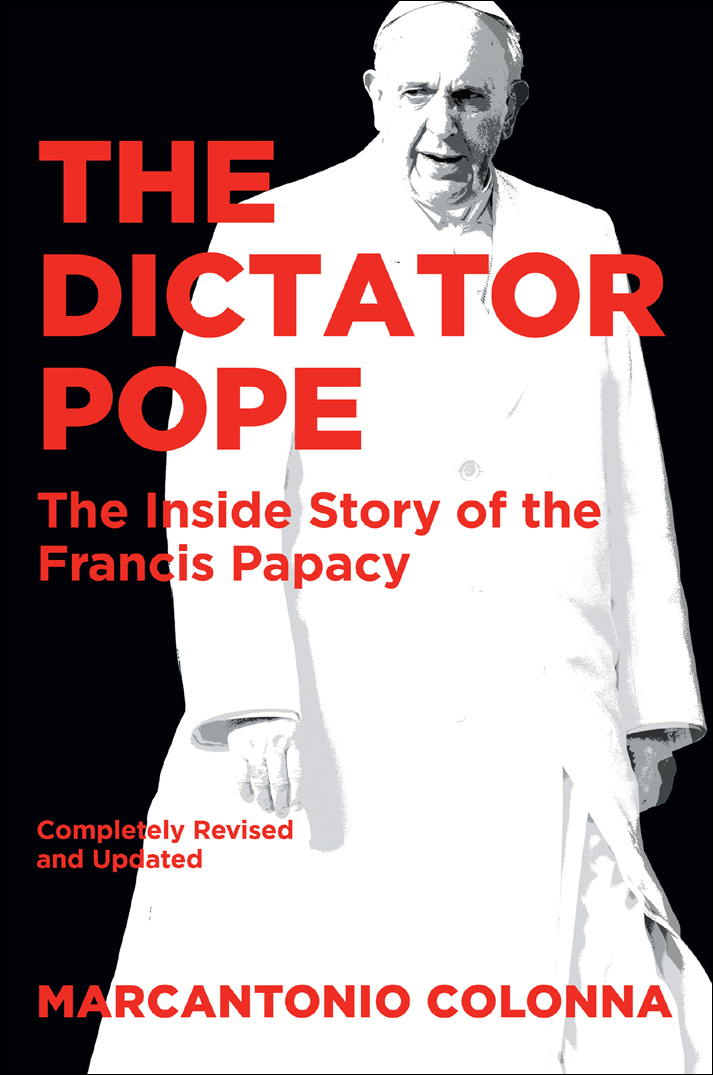

Copyright 2017 by Henry Sire
This edition published in 2018 by Regnery Publishing. Previously published in e-book in 2017 under the name Marcantonio Colonna.
All rights reserved. No part of this publication may be reproduced or transmitted in any form or by any means electronic or mechanical, including photocopy, recording, or any information storage and retrieval system now known or to be invented, without permission in writing from the publisher, except by a reviewer who wishes to quote brief passages in connection with a review written for inclusion in a magazine, newspaper, website, or broadcast.
Regnery is a registered trademark of Salem Communications Holding Corporation
Cataloging-in-Publication data on file with the Library of Congress
e-book ISBN 978-1-62157-833-8
Published in the United States by
Regnery Publishing
A Division of Salem Media Group
300 New Jersey Ave NW
Washington, DC 20001
www.Regnery.com
10 9 8 7 6 5 4 3 2 1
Books are available in quantity for promotional or premium use. For information on discounts and terms, please visit our website: www.Regnery.com.
You can fool all the people some of the time,
and some of the people all the time,
but you cannot fool all the people all the time.
attributed to Abraham Lincoln
CONTENTS
Table of Contents
Guide
The Pope of Surprises
I f you speak to the Catholics of Buenos Aires, they will tell you of the miraculous change that has taken over Jorge Mario Bergoglio. Their dour, unsmiling archbishop was turned overnight into the smiling, jolly Pope Francis, the idol of the people with whom he so fully identifies. If you speak to anyone working in the Vatican, they will tell you about the miracle in reverse. When the publicity cameras are off him, Pope Francis turns into a different figure: arrogant, dismissive of people, prodigal with bad language, and notorious for furious outbursts of temper which are known to everyone from the cardinals to the chauffeurs.
As Pope Francis said himself on the evening of his election, the cardinals in the Conclave of March 2013 seemed to have decided to go to the ends of the Earth to choose their pope, but the realization is now dawning that they had not troubled to check their merchandise. At first, he seemed a breath of fresh air, his rejections of convention being the signs of a man who was going to bring bold, radical reform into the Church. After five years of his pontificate, it is becoming increasingly clear that the reform is not being delivered. Instead, what we have is a revolution in personal style, but a revolution which is not a happy one for what Catholics consider the most sacred office on Earth. Conservative Catholics are worried at the changes in moral teaching that Francis seems to be introducing, while liberals are dissatisfied because those changes are vaguely expressed and do not go far enough. Over and above such fears, however, are faults that ought to move all Catholics concerned for the integrity of the Church and the papal office. After five years of his pontificate, Francis is showing that he is not the democratic, liberal ruler that the cardinals thought they were electing in 2103, but a papal tyrant the like of whom has not been seen for many centuries. Shocking as the accusation may be, it is backed up by incontrovertible evidence. This book traces the failed reforms which have falsified the hopes that were placed in Francis, and describes in detail the reign of fear in the Vatican which the pope from Argentina has introduced.
After five years of Pope Francis Bergoglio, it is being said with more frequency, and more openly, that the strange situation in todays Vatican resembles nothing less than a Dan Brown potboiler novel, complete with conspiracies of eminent churchmen, sexual and financial scandals, and shady international banking interests. While many look hopefully to Pope Francis to relax the Churchs traditional doctrines and practices, there has been surprisingly little attention paid to a remark by one of the highest ranking and most powerful prelates in the western world, that he was elected by a liberal mafia, a group of progressive bishops and cardinals who had worked for years to bring about exactly this end.
Far from being an accusation from Church conservatives, the term was first used in a television interview in September 2015 by Cardinal Godfried Danneels, the retired but still hugely influential archbishop of Mechelen-Brussels. Danneels said that he had for years been part of this group that had opposed Pope Benedict XVI throughout his reign. The group had, he said, worked to bring about a much more modern Catholic Church, and the election of the archbishop of Buenos Aires, Jorge Mario Bergoglio, as pope. An examination of the background of these extraordinary comments can give an insight into the nature of current ecclesiastical politics, particularly in liberal European episcopal circles.
The St. Gallen group is sort of a posh name, Danneels said, to appreciative laughs from a live audience. But in reality we called ourselves and that group: the mafia. The cardinal was speaking on a Belgian television program. In the brief video uploaded to the internet containing Danneelss remarks, a voice-over summarized the nature of the group that met every year since 1996 in St. Gallen, Switzerland, originally at the invitation of the towns bishop, Ivo Frer, and the famous Italian Jesuit and academic, and archbishop of Milan, Cardinal Carlo Maria Martini.
Together they organised the secret resistance against Cardinal Ratzinger, who at that time was the right-hand man of John Paul II, as head of the Congregation for the Doctrine of the Faith.
When Pope John Paul II died in 2005, the group already pushed the present pope [Francis] to the fore, though this first attempt failed to put Jorge Mario Bergoglio on the throne. When faced with the election of Ratzinger as Pope Benedict XVI, Danneels could hardly hide his disappointment, the narrator says.
Danneels gave the interview to promote his authorized biography, and added that the St. Gallen Group had bishops and cardinals, too many to name. But all of them held the same general aim: the implementation of a liberal/progressivist agenda, and opposition to Pope Benedict and the direction of moderate doctrinal conservatism. Although later it was denied that the group was secret, Danneels said, Things were discussed very freely; no reports were made so that everyone could blow off steam.
The program interviewed one of Danneelss biographers, Jrgen Mettepenningen (who co-authored the authorized biography with Karim Schelkens), saying that by 2013, with the resignation of Benedict, You can say that through his participation in that group, Cardinal Danneels has been one of those who were the pioneers of the choice of Pope Francis.
The authors of the Danneels biography listed the groups concerns as the situation of the Church, the primacy of the Pope, collegiality, and John Paul IIs succession. English Vaticanist Edward Pentin writes that they also discussed centralism in the Church, the function of bishops conferences, development of the priesthood, sexual morality, [and] the appointment of bishops, a schema more or less identical to the one that was to come into public view at the two Synods on the Family convened by Pope Francis in 2014 and 2015.


